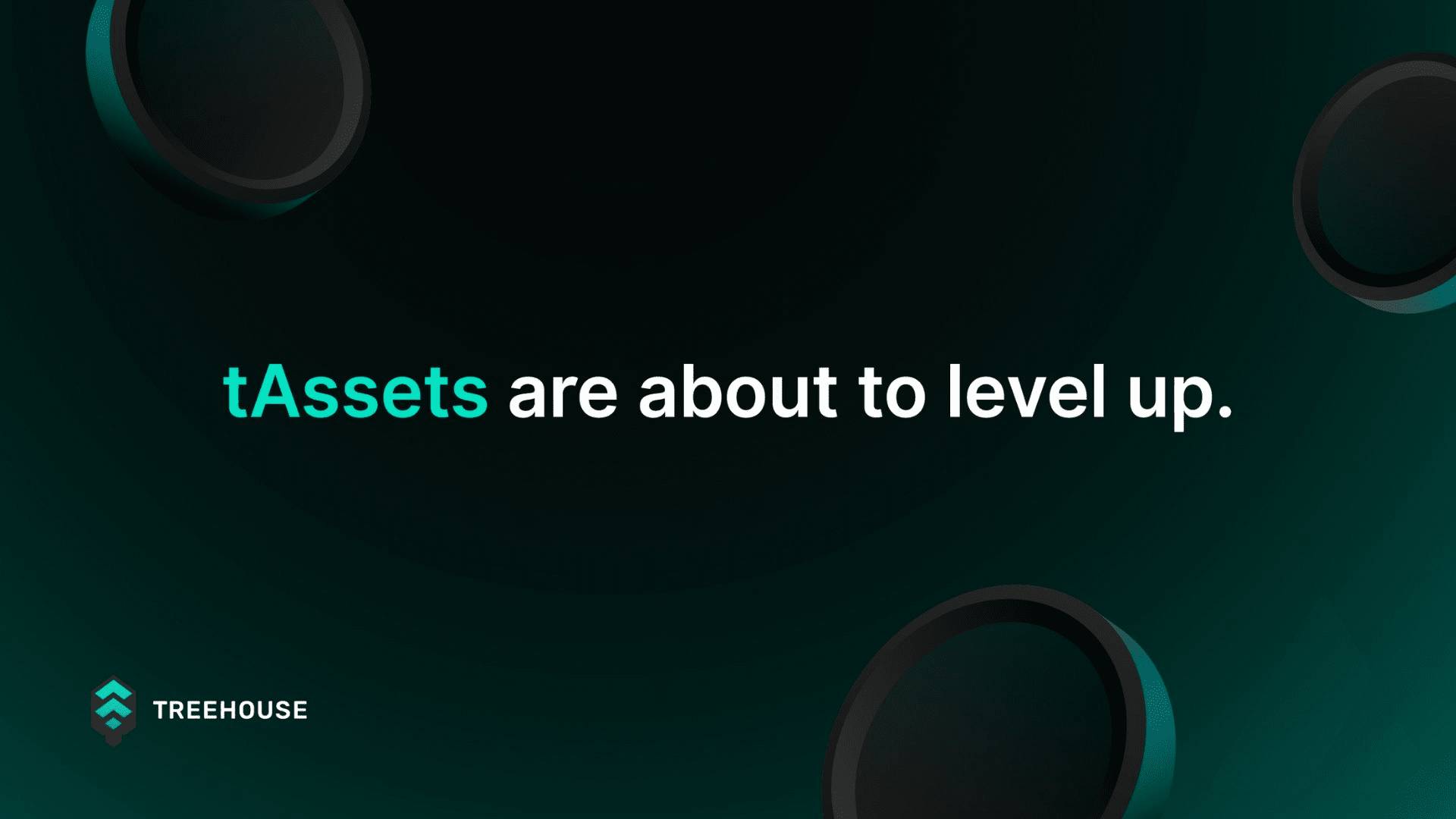Many people entering the DeFi world will have the same feeling: it's too chaotic.
Today, one project has an annualized return of 200%, and tomorrow another project liquidates; liquidity comes and goes, and the yield curve fluctuates like a roller coaster. For regular users, this is a dazzling game; for institutions, such an environment is almost unsustainable for long-term capital allocation.
The emergence of the Treehouse protocol is like laying down a 'cornerstone of order' in a chaotic market. By providing fixed returns, it offers the entire DeFi space a clear reference point. This effect can be understood as the 'entropy reduction effect' in finance—introducing certainty amidst chaos.
DeFi's 'high entropy state'
From a physics perspective, entropy represents the disorder of a system. The more disordered, the higher the entropy. In the financial market, entropy can be understood as a lack of transparency, severe price fluctuations, and unpredictable risks.
The current DeFi is a typical 'high entropy market':
Returns are unpredictable, and users cannot plan in advance.
Capital liquidity is short-term, lacking long-term sedimentation.
Risk and return are difficult to measure, leading to herd behavior.
In this state, market efficiency is weakened, long-term capital cannot enter, and DeFi can only oscillate repeatedly in a speculative cycle.
Treehouse's 'entropy reduction mechanism'
The Treehouse protocol anchors the floating returns in the market within a relatively stable range through fixed income pools:
1. Predictability of returns—Treehouse's fixed interest rate is like a sturdy anchor in a stormy sea, providing a safe haven for funds.
2. Structured information—fixed income itself is a form of 'order' that allows investors to clearly distinguish between 'low-risk certain returns' and 'high-risk uncertain returns.'
3. Long-term market orientation—when users know they can obtain sustainable returns, funds are easier to sediment, reducing the noise of short-term speculative flows.
This is like having a stable tone in a noisy room, allowing one to discern the melody.

Why is fixed income the source of order?
In traditional finance, the fixed income market (bonds, government bonds) is far larger than the stock market because it represents 'orderly capital.' Pension funds, insurance funds, and sovereign funds achieve long-term stable growth through fixed income.
Treehouse introduces this logic to blockchain, not just launching a new product, but bringing the gene of financial order to DeFi.
Users now have a comparable baseline.
Project parties can establish reasonable financing structures based on this.
Institutional investors finally have a 'rational entry point' into DeFi.
Long-term significance: from entropy reduction to ecological upgrading.
If the first stage of DeFi is the 'innovation explosion period,' then Treehouse may open the second stage: the order formation period.
For users: reducing information noise and enhancing the investment experience.
For the market: forming a yield curve and reducing systemic chaos.
For the industry: promoting long-term capital entry and upgrading the structure of the entire DeFi ecosystem.
In this sense, Treehouse's fixed income is not merely a 'stable product' but a financial tool that reduces disorder and enhances efficiency within the entire ecosystem.
Conclusion
If we compare DeFi to a chaotic sea full of energy, then the Treehouse protocol is the force that gathers the waves and forms the tides.
It uses the 'entropy reduction effect' to make capital allocation more orderly, risk pricing more transparent, and ecosystem development more rational.
When DeFi transitions from high entropy to low entropy, from disorder to order, that moment, Treehouse will not only be a protocol but a landmark milestone of market maturity.

